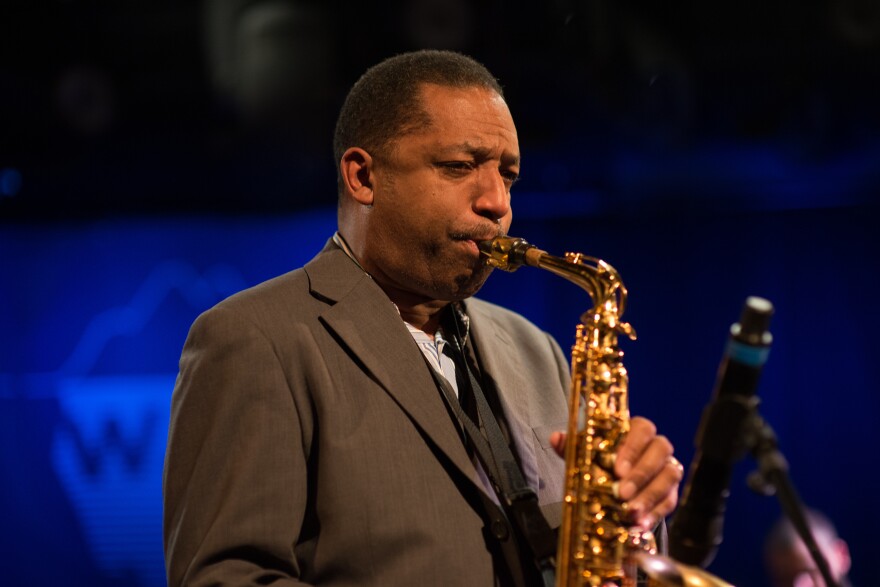The Innovator of Bebop
Early Life and Background
Charles “Charlie” Parker Jr., also known as “Bird” or “Yardbird,” was born on August 29, 1920, in Kansas City, Kansas. Raised in a culturally rich area, Parker was exposed to the jazz scene early, which played a crucial role in shaping his musical journey. His mother bought him an alto saxophone at age 11, and by his early teens, he was determined to master the instrument.
Parker’s dedication to music saw him practicing for hours daily, even after experiencing initial setbacks. His commitment paid off, and by 1939, he moved to New York City to immerse himself in the burgeoning jazz scene.
Career Milestones
- The Birth of Bebop: During the 1940s, Parker collaborated with other jazz innovators like Dizzy Gillespie, Thelonious Monk, and Max Roach. Together, they revolutionized jazz by creating bebop, characterized by complex chord progressions, fast tempos, and improvisational virtuosity.
- Landmark Recordings: Parker’s seminal recordings, such as “Ko-Ko” (1945) and “Ornithology” (1946), are celebrated as masterpieces that defined the bebop era. His 1947 album “Charlie Parker with Strings” demonstrated his ability to blend jazz with classical elements.
- Jazz at Massey Hall: In 1953, Parker performed in the legendary concert alongside Gillespie, Bud Powell, Charles Mingus, and Max Roach, further cementing his legacy.
- Awards and Recognitions: Despite his struggles, Parker was posthumously awarded a Grammy Lifetime Achievement Award in 1984 and inducted into the Grammy Hall of Fame for his contributions to jazz.
Personal Struggles and Challenges
Parker’s life was marred by personal difficulties, including substance abuse, which began during his teenage years. His addiction to heroin and alcohol significantly impacted his health and relationships, ultimately leading to his untimely death on March 12, 1955, at the age of 34.
Social Impact and Legacy
Charlie Parker’s influence extends beyond music into broader cultural realms:
- Musical Revolution: Parker transformed jazz from danceable swing to an intellectually demanding art form. His innovations inspired countless musicians, including John Coltrane and Miles Davis.
- Civil Rights Symbol: As an African American artist in the segregated 1940s and 1950s, Parker’s prominence highlighted the immense talent within the Black community, challenging racial stereotypes.
- Cultural Influence: Parker’s life and music became a symbol of both genius and the tragic consequences of excess, inspiring films like “Bird” (1988), directed by Clint Eastwood, and literary works such as Jack Kerouac’s “On the Road.”
- Continued Recognition: His contributions to jazz are celebrated annually in events like the Charlie Parker Jazz Festival in New York City.
Conclusion
Charlie Parker was more than a saxophonist; he was a cultural trailblazer whose impact reshaped the musical and social landscapes. Through his innovations in bebop and his defiance of racial barriers, Parker left an indelible mark on both jazz and American culture.
Official YouTube Channel:
https://www.youtube.com/channel/UCf8UfCiGDDmMEEXXDLHPR5w
References
- Gioia, T. (2011). The History of Jazz. Oxford University Press.
- DeVeaux, S. (1997). The Birth of Bebop: A Social and Musical History. University of California Press.
- Parker, R. (1981). Bird Lives! The High Life and Hard Times of Charlie Parker. Harper & Row.
- Grammy Awards. (n.d.). Lifetime Achievement Award: Charlie Parker. Retrieved from grammy.com
- Charlie Parker Jazz Festival. (n.d.). About the Festival. Retrieved from nycparks.org


Leave a Reply